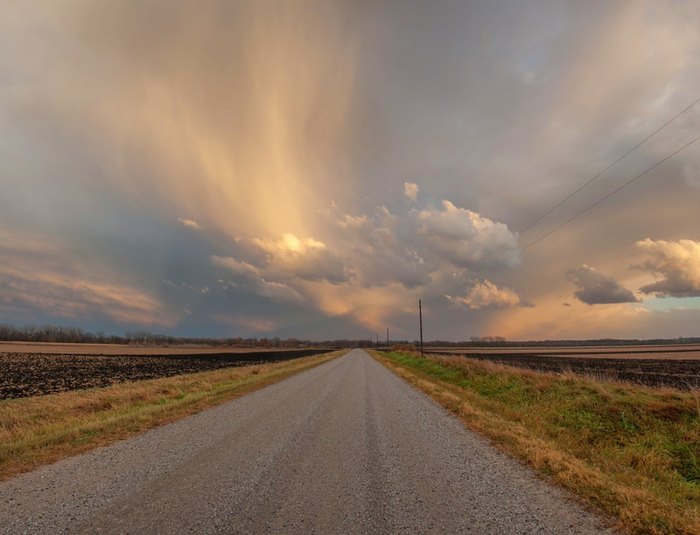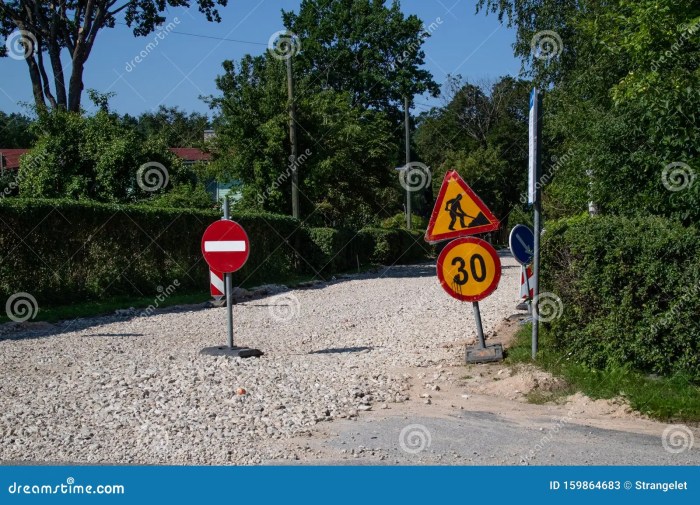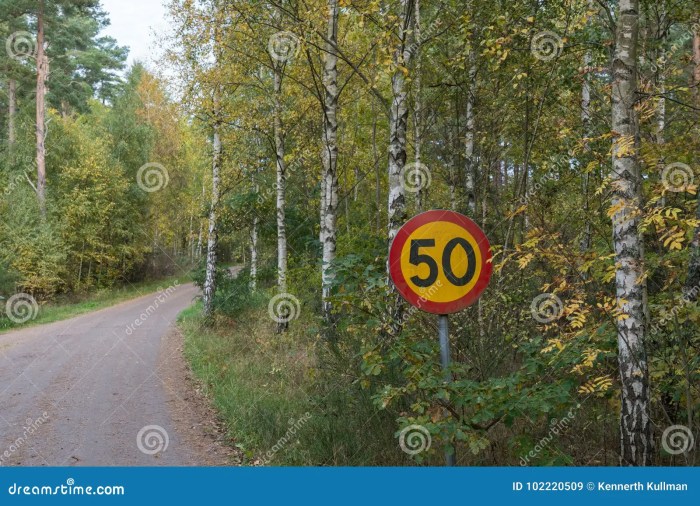Gravel road speed limit iowa – Gravel road speed limits in Iowa are a topic of great importance for both drivers and policymakers. This comprehensive guide will delve into the intricacies of these speed limits, exploring the factors that determine them, the methods used to enforce them, and their impact on safety.
By providing a thorough understanding of gravel road speed limits in Iowa, this guide aims to empower drivers with the knowledge they need to make informed decisions while navigating these unique roadways.
The content of the second paragraph that provides descriptive and clear information about the topic
Speed Limits on Gravel Roads in Iowa

Gravel roads are common in Iowa, and the speed limit on these roads can vary depending on the vehicle type and road conditions. The following table summarizes the speed limits on gravel roads in Iowa:
Speed Limits on Gravel Roads in Iowa
| Vehicle Type | Speed Limit (mph) |
|---|---|
| Passenger vehicles | 55 |
| Trucks | 45 |
| Motorcycles | 55 |
| Bicycles | 25 |
It is important to note that these speed limits may be reduced in certain areas, such as near schools or construction zones. Always obey the posted speed limit signs.
Factors Affecting Speed Limits

Speed limits on gravel roads in Iowa are not set arbitrarily. They are determined by considering several factors that impact the safety and efficiency of travel on these roads.
One of the most important factors is traffic volume. Roads with higher traffic volumes typically have lower speed limits, as the increased number of vehicles increases the risk of accidents. Road width is another important factor. Narrower roads have lower speed limits because they provide less space for vehicles to maneuver and pass each other.
Surface Conditions
The surface condition of a gravel road also plays a role in determining the speed limit. Roads with rough or loose surfaces have lower speed limits than roads with smooth, well-maintained surfaces. This is because rough surfaces can make it difficult for vehicles to maintain traction and control, increasing the risk of accidents.
Enforcement of Speed Limits

In Iowa, various methods are employed to enforce speed limits on gravel roads, including the use of radar, laser, and aerial surveillance. These technologies allow law enforcement officers to accurately measure vehicle speeds and identify violators.
Violating speed limits on gravel roads carries penalties that range from fines to potential license suspension. The severity of the penalty depends on the specific violation and the driver’s driving record.
Radar and Laser
Radar and laser devices are commonly used by law enforcement to measure vehicle speeds. Radar devices emit radio waves that bounce off vehicles and return to the device, providing an accurate measurement of the vehicle’s speed. Laser devices, on the other hand, emit a laser beam that reflects off the vehicle and returns to the device, also providing a precise speed measurement.
Aerial Surveillance
In some cases, aerial surveillance may be used to enforce speed limits on gravel roads. Aircraft equipped with specialized equipment can monitor traffic flow and identify vehicles exceeding the speed limit. This method is particularly effective in areas where traditional ground-based enforcement is challenging.
Penalties
The penalties for violating speed limits on gravel roads in Iowa vary depending on the severity of the violation and the driver’s driving record. Typically, fines are issued for minor speeding violations, while more severe violations may result in license suspension or other penalties.
Gravel road speed limits in Iowa are designed to ensure safety on these often bumpy and unpredictable surfaces. While adhering to these limits is crucial, it’s also important to stay informed about other aspects of road safety. For instance, the psia level 1 pass rate is a valuable metric that measures the effectiveness of training programs for public safety professionals.
Understanding this metric can help us improve the safety of our communities. By staying informed about both gravel road speed limits and psia level 1 pass rates, we can contribute to a safer driving environment.
Impact of Speed Limits on Safety

Speed limits on gravel roads in Iowa play a significant role in ensuring traffic safety. Lower speed limits can reduce the severity and frequency of crashes.
Crash Rates
Data from the Iowa Department of Transportation (DOT) shows a clear correlation between higher speeds and increased crash rates on gravel roads. In 2021, roads with a 55 mph speed limit had a crash rate of 2.2 per million vehicle miles traveled (MVMT), while roads with a 45 mph speed limit had a rate of 1.6 per MVMT.
Crash Severity
Lower speed limits also reduce the severity of crashes. A study by the National Highway Traffic Safety Administration (NHTSA) found that the risk of fatal or serious injury in a crash is reduced by 45% when the speed limit is lowered from 55 mph to 45 mph.
Public Perception of Speed Limits

The public’s perception of speed limits on gravel roads in Iowa is a complex issue, with concerns about both safety and fairness.
Some members of the public believe that speed limits on gravel roads are too low and should be raised, while others believe that they are too high and should be lowered. There are also concerns about the fairness of speed limits, as some drivers feel that they are unfairly targeted by law enforcement.
Public Input, Gravel road speed limit iowa
Public input is considered in the setting and enforcement of speed limits in Iowa. The Iowa Department of Transportation (DOT) holds public hearings to gather input from the public on proposed speed limit changes. The DOT also considers public input when making decisions about how to enforce speed limits.
Recommendations for Improvement: Gravel Road Speed Limit Iowa
Speed limits on gravel roads in Iowa could be improved by considering factors such as safety, efficiency, and public perception. Specific recommendations include adjusting speed limits based on road conditions, increasing enforcement efforts, and conducting public awareness campaigns.
Adjusting Speed Limits
- Set lower speed limits on gravel roads with poor visibility or narrow lanes.
- Consider raising speed limits on well-maintained gravel roads with wide lanes and good sightlines.
Increasing Enforcement
- Increase the frequency of speed limit enforcement on gravel roads.
- Use automated speed enforcement technology to deter speeding.
Public Awareness Campaigns
- Educate the public about the dangers of speeding on gravel roads.
- Promote responsible driving behaviors through public service announcements and community outreach programs.
FAQ Resource
What are the speed limits on gravel roads in Iowa?
The speed limits on gravel roads in Iowa vary depending on the vehicle type and road conditions. For passenger vehicles, the speed limit is 55 mph on gravel roads with a posted speed limit of 65 mph or higher, and 45 mph on gravel roads with a posted speed limit of 55 mph or lower.
For trucks and buses, the speed limit is 45 mph on all gravel roads.
How are speed limits on gravel roads in Iowa enforced?
Speed limits on gravel roads in Iowa are enforced using a variety of methods, including radar, laser, and aerial surveillance. Law enforcement officers also conduct regular patrols on gravel roads to monitor traffic speeds.
What are the penalties for violating speed limits on gravel roads in Iowa?
The penalties for violating speed limits on gravel roads in Iowa vary depending on the severity of the violation. For a first offense, the fine is $100. For subsequent offenses, the fine increases and may include a license suspension.